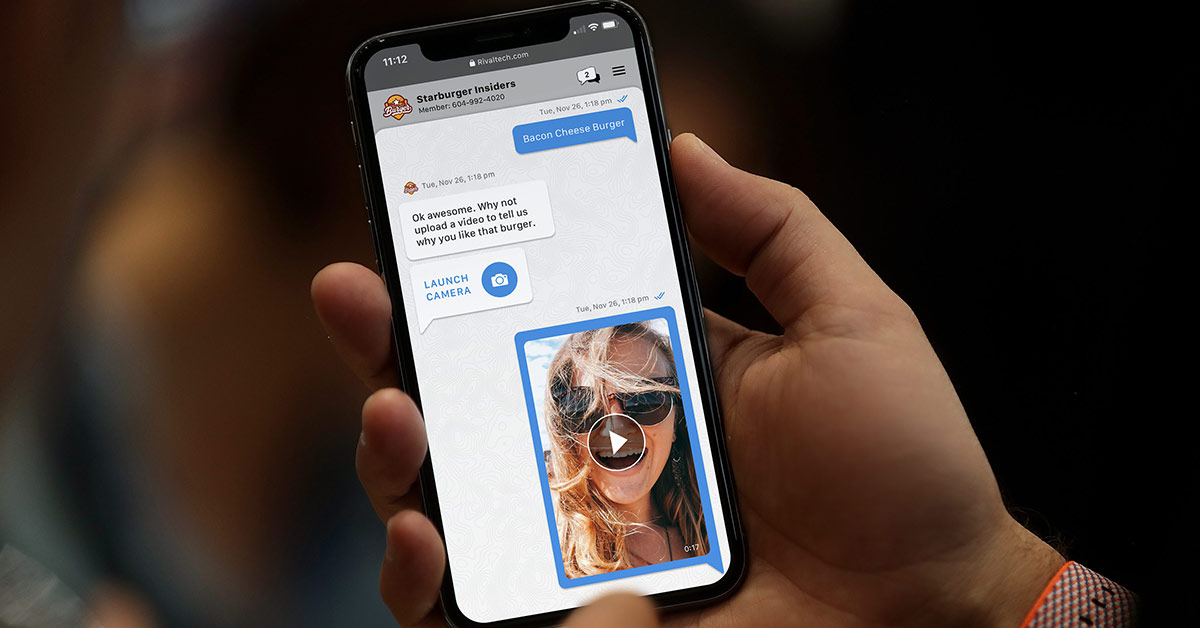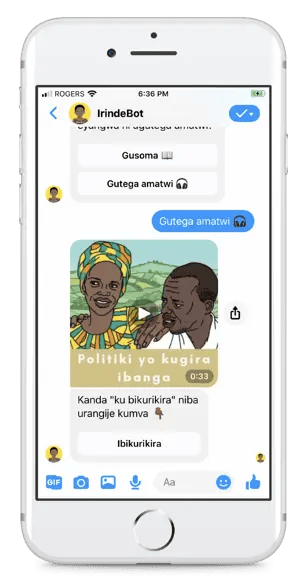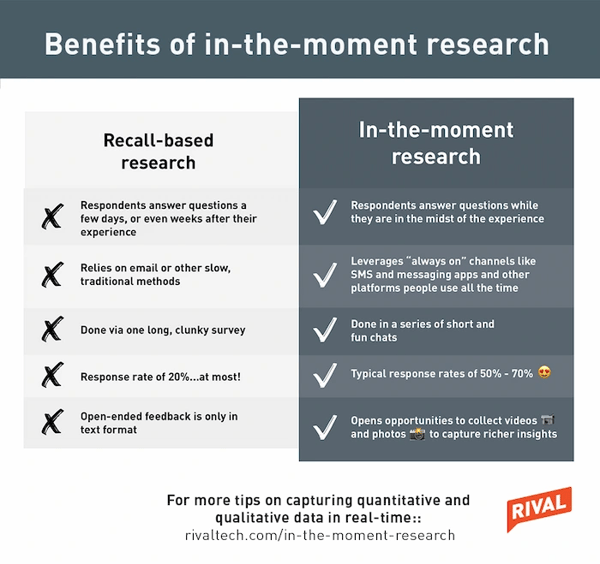
As market researchers, we’re always looking to uncover deeper insights. But as the old saying goes, you can’t put the cart before the horse. 🐴 The horse in this case is the right method in place to push towards richer qual and quant — specifically mobile market research methods.
Is your team looking at using mobile surveys and other mobile-first ways to capture insights? 🧐
Below we outline reasons why you should. Conveniently, they all start with the letter R… 😀 These 4 R’s demonstrate why adopting mobile market research methods has never been more important and urgent.
Whoever you need to engage, you’re more likely to reach them through mobile than desktop. Pew Research found just under three-quarters of US adults own a computer compared to 81% that have a smart device.
Over 5 billion people around the globe have mobile devices. The wide presence of mobile gives you the opportunity to connect with any consumer groups you can imagine, no matter how niche—even in economically developing countries. We're not just talking about Gen Zs and millennials—boomers and Gen Xers, for example, are heavy users of mobile devices, too.

The NGO Rwanda Women’s Network used the Rival platform to create IrindeBot, a mobile-based chatbot that provides teens with honest answers about sex and relationships. Conversations with IrindeBot are confidential, engaging and free of stigma. Admittedly, this is not a traditional market research project—but it does demonstrate the power of mobile devices in reaching and engaging groups that are typically hard to reach or under-represented in access panels.
Sylvia Wong of the United Nations Population Fund (UNFPA) explains, “Many young people are using phones of others. If it’s low-tech and frugal, all the better to reach them now in a confidential way. But frontier technologies are our present and future. The wave will come when young people are connected with those higher-level technologies.”
Every day, companies make million-dollar decisions based on customer insights. With that much at stake, you want to make sure the data you have on hand accurately reflects the real motivations, thoughts and feelings of your customers.
A recent scientific study suggests mobile-first technologies may hold the key to authentic feedback. Research from the University of Pennsylvania and published in the Journal of Marketing suggests people are more honest about their thoughts and feelings when they’re responding via their smartphone versus their computer.
Dr. Shiri Melumad, one of the researchers behind the study, said in an interview on the university’s website that phones also make us “more psychologically comforted than when we engage in the exact same task on our laptops. And when I feel more psychologically comforted, I’m more willing to share information that is more intimate or personal.”
The university’s study also looked at nearly 300,000 Twitter posts over a 12-hour span. Tweets written on phones contained 47% more first-person pronouns and 52% more references to family than those written on PCs. That’s personal.
Part of this willingness to share more may also occur because of a phenomenon called “attentional narrowing.” Due to smaller screens and keypads, typing on smartphones requires laser-focus, which means people are not distracted by other tasks.

The bottom line: insights from mobile surveys and other mobile market research techniques are more revealing and truthful than what you’d get from a laptop-based survey. As Dr. Melumad tells The Wall Street Journal, “smartphone-generated content seems to be more diagnostic of how people truly feel.”
In traditional surveys, people have to look back on their experiences. They often end up reinterpreting or misremembering key details—it’s only human to do so! 🤷♂️
Still, studies show people feel forgotten information is less important than what they can retrieve from their memories. And your research team ends up with feedback that’s either inaccurate or (at best) incomplete.
If you want the real and complete opinions, attitudes and preferences of consumers, mobile market research methods help you reach people while they're in the midst of the experience you'd like to examine—a real-time approach that helps you minimize recall bias.
At best, traditional surveys may get a 20% response rate. Meanwhile, leveraging conversational surveys to capture real-time feedback generates up to 70% response rates.
As you can see from the image below, mobile-based, in-the-moment research delivers a much higher ROI than traditional, recall-based methods.

In-the-moment research has a wide range of business applications: from live events to IHUTs, from mission diaries to television broadcasts. If you'd like to hear examples, check out our case studies with REVOLT TV & MEDIA or with Hyundai Motors America.
The real value of market research is in understanding why people do what they do. That’s why qualitative research remains just as important and relevant as ever. Qual can provide depth and reveal context and emotions in a way that quantitative research alone can’t.
Mobile research approaches make it easy and seamless to capture qualitative feedback—not just text, but also photos and videos. When combined with a conversational approach, we find that mobile delivers substantially more user-generated content.
Mobile research approaches make it easy and seamless to capture qualitative feedback.
Mobile market research methods not only let you gather honest insights, you also get more comprehensive feedback. Especially if you complete conversational exercises where you ask for video feedback.
In one Reach3 study, traditional email-based responses (aka old school, static surveys with open-end questions) generated an average of 17 words per research participant. When people answered conversational surveys to share a video, the average word count jumped to 122 words! That's 700% more.
As you can see, mobile techniques are more than just a market research trend—they are a disruptive innovation that can help you enhance your approach to customer insights.
Find out more about how you can use mobile market research methods to capture deeper qualitative feedback and more robust quantitative results. Check out our ebook, The Future of Insights is Conversational.
Subscribe to our blog to receive the latest news, trends and best practices from market research experts.


No Comments Yet
Let us know what you think